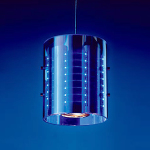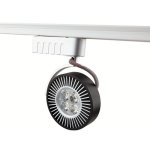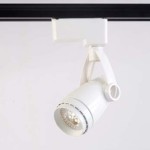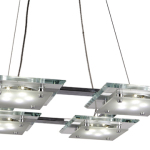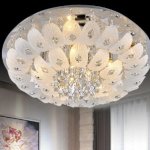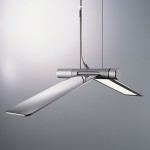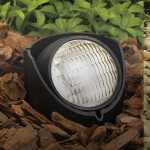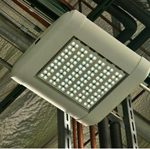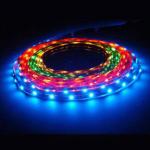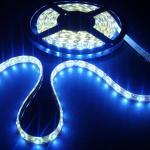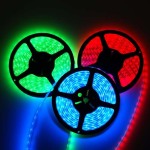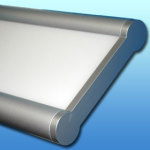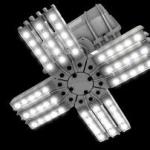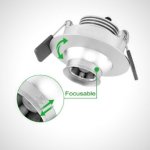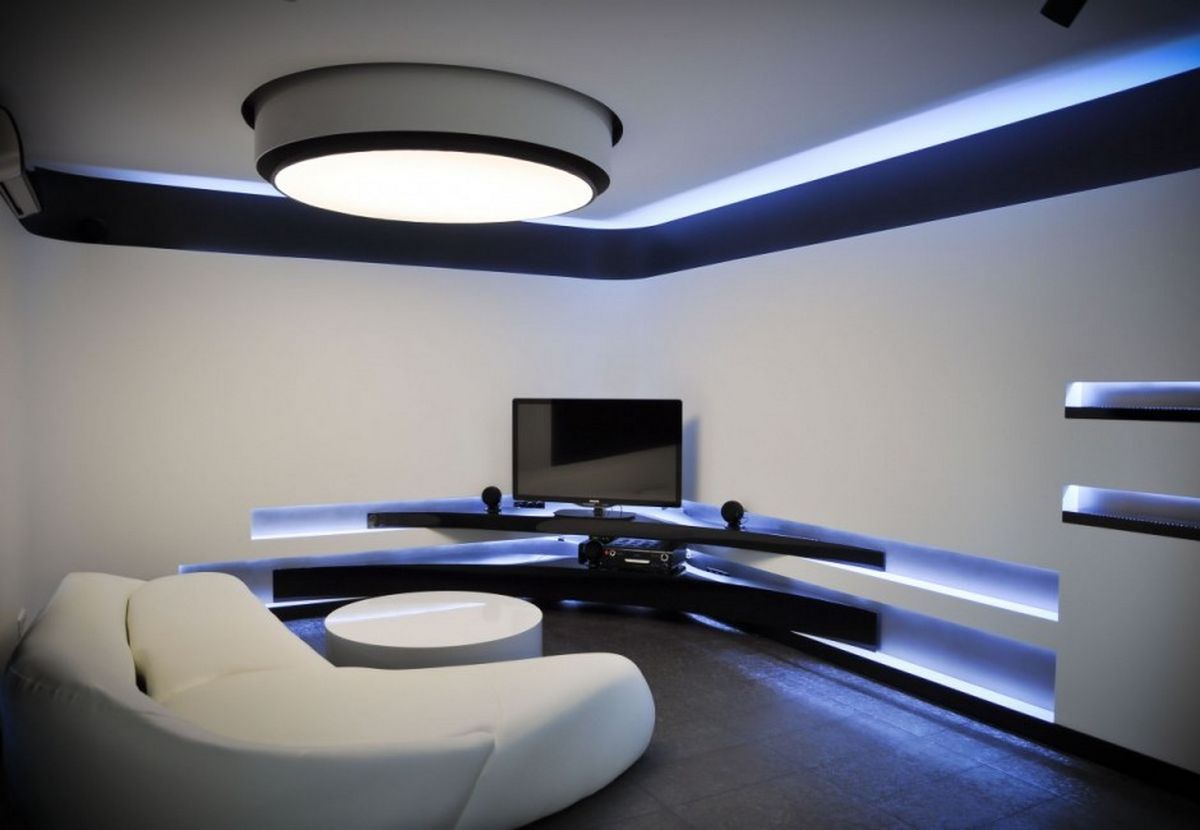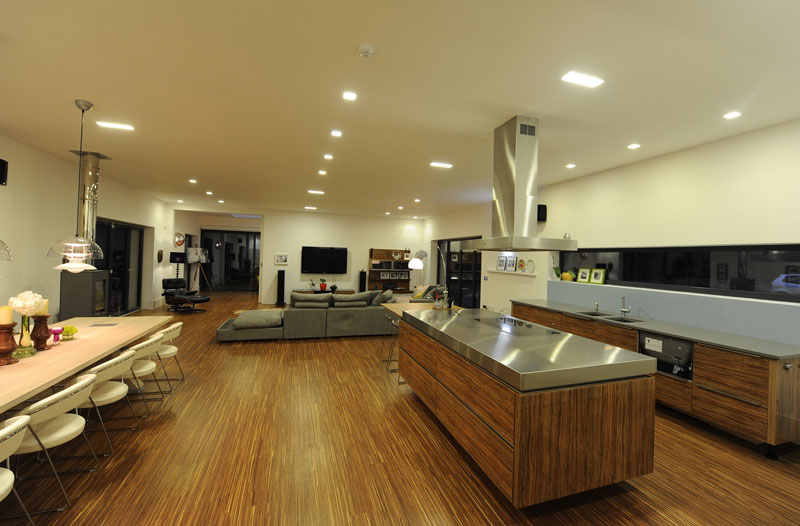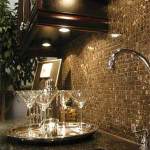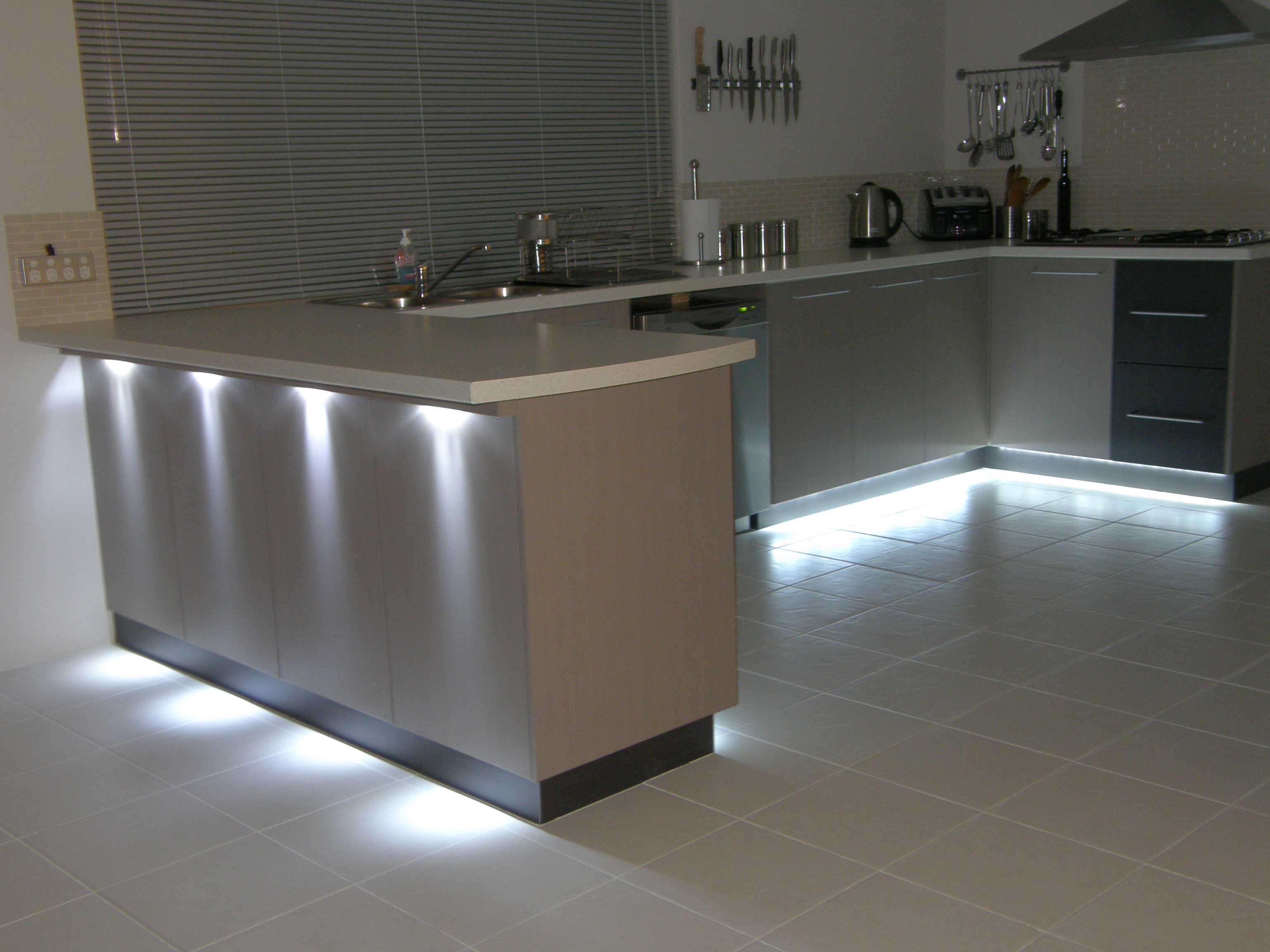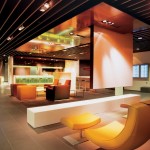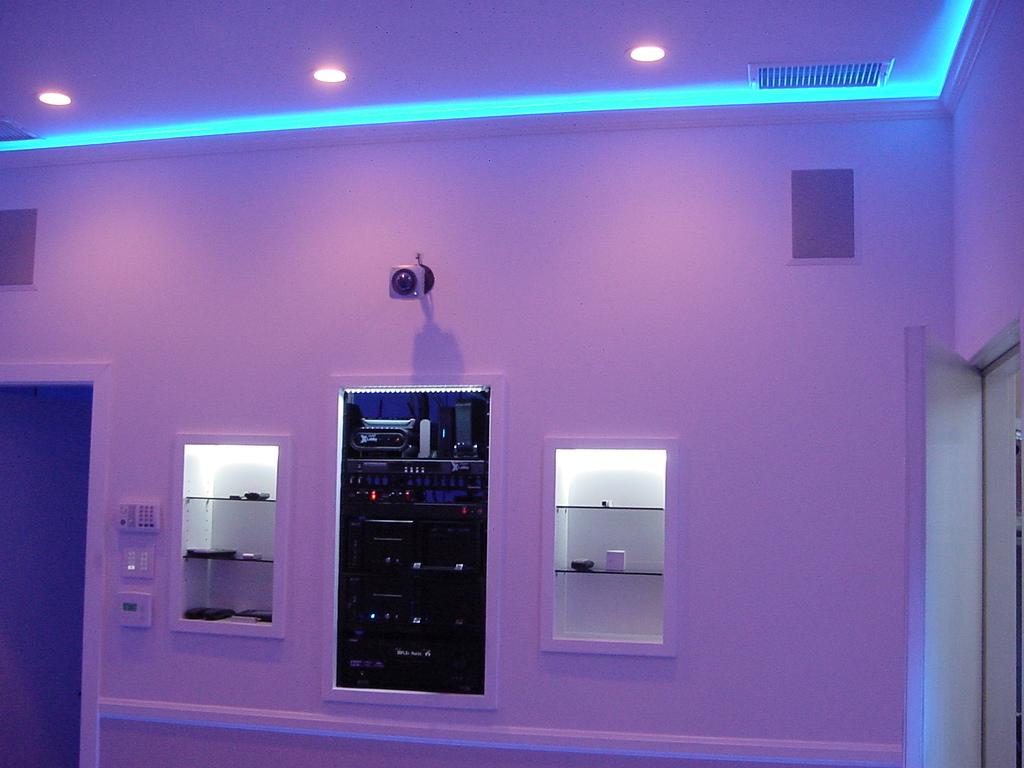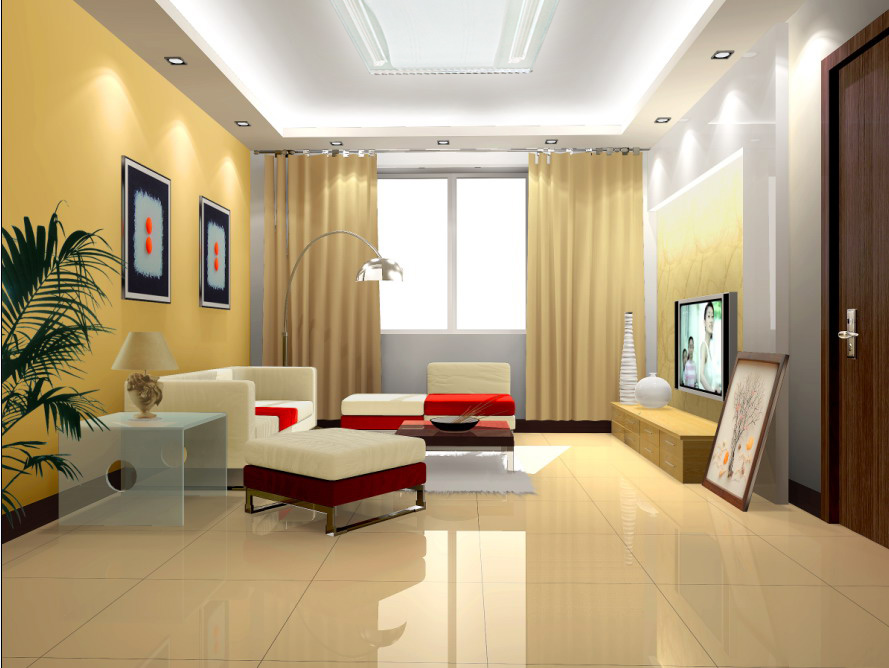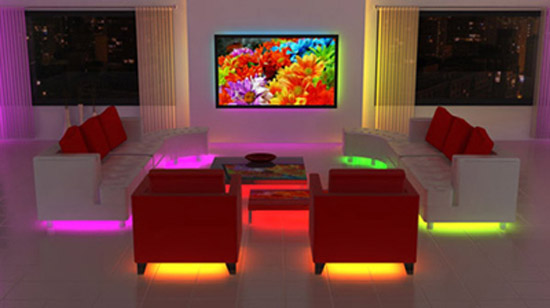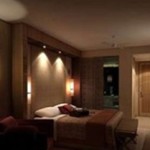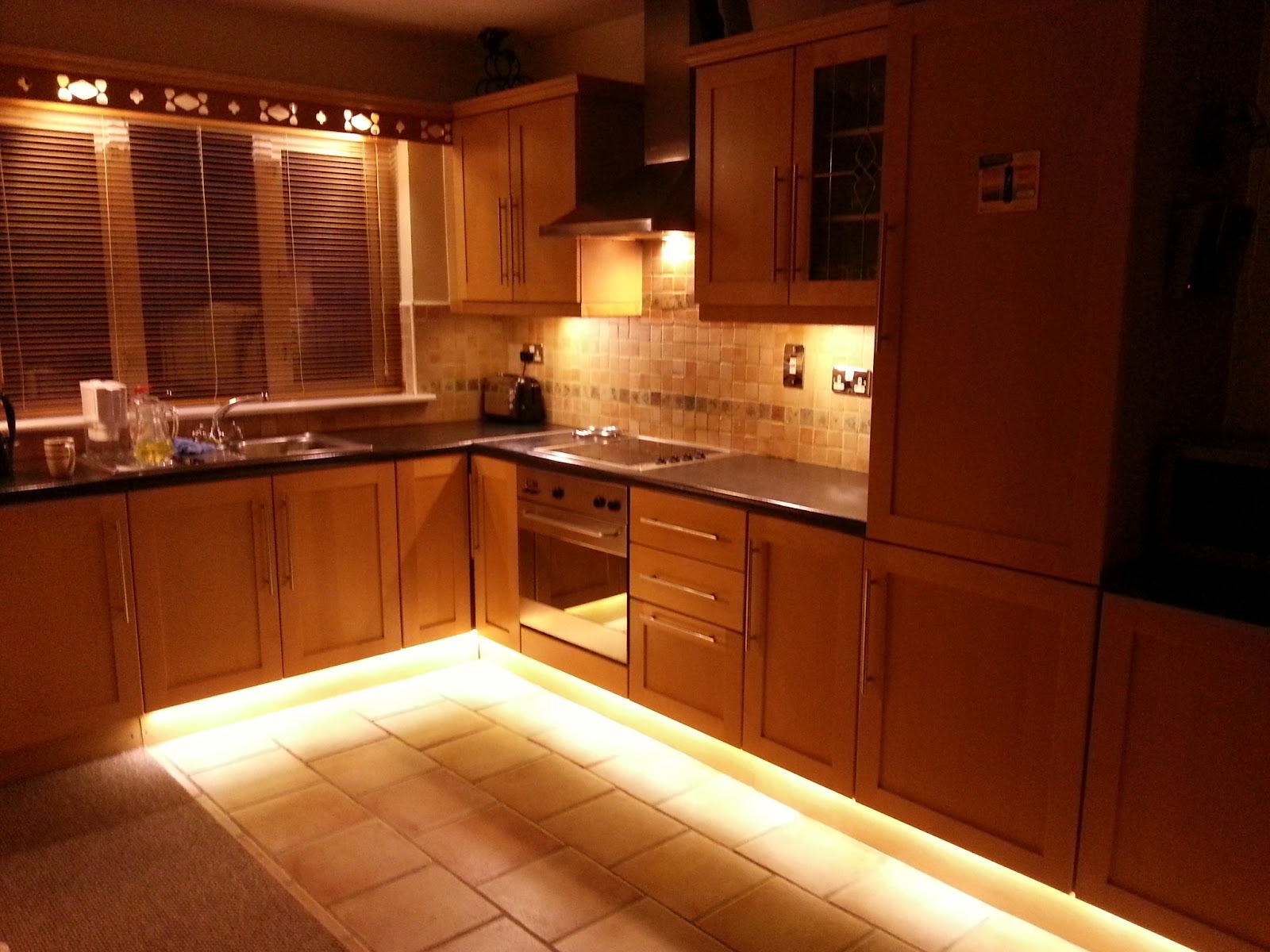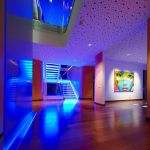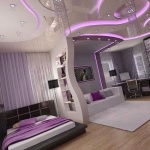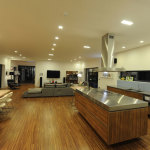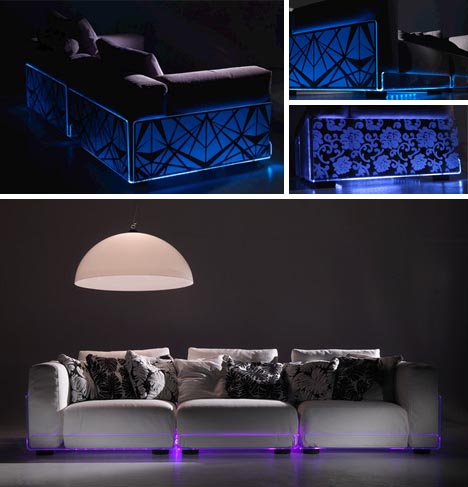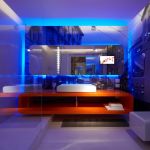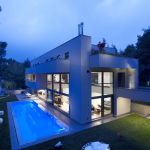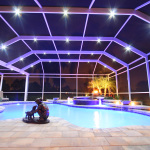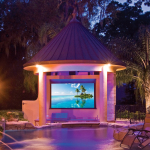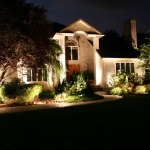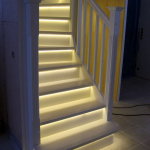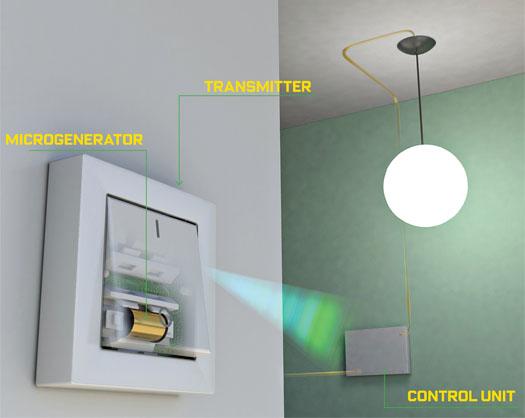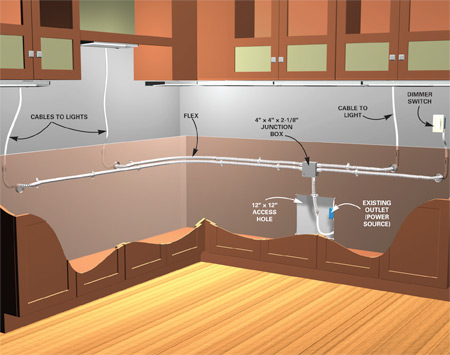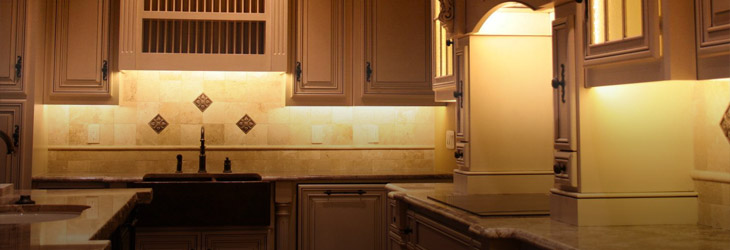SmartLighting
LEDs are rapidly replacing traditional incandescent light bulbs. LEDs are rapidly becoming the preferred lighting solution of both professionals and residential users. LED technology is continually advancing and improving. The future of lighting resides in LED bulbs, so lead the revolution by switching to a most unique variety of LED lighting.
LED lighting can improve ambience, energy-efficiency and comfort in your home while delivering performance you can count on. The elegant design of LEDs provide high-quality white light and increased life when compared to less efficient incandescents and halogens. Switching to higher efficiency LED lighting can help reduce your electric bill, preserve our environment and create the perfect lighting for your home.
- Lower operating costs means reduced energy bills
- Longer life reduces the hassle of replacing bulbs so often
- Better for the environment because they reduce greenhouse gases and shrink your carbon footprint
- Easy to use because they are designed in traditional bulb shapes and fit easily into existing fixtures
LED lighting offers a wide range of solutions for household applications. We simply replace your inefficient lighting fixtures with LED fixtures – see what LED lighting can do.
- Utilizes advanced, solid state lighting technology
- Many types are dimmable
- Instant-on with quiet operation
- Will not fade fabrics or colors
- Mercury-free
- Contemporary designs fit most fixtures

The Flexibility of LED lighting provides new opportunities for design and efficiency
Many of the fixtures are hidden from sight but provide unique and beautiful mind boggling results
New RGB LED Accent Lighting Systems are designed to enhance viewing environments and create controlled mood lighting for any room in the house or outdoors. LED strips can be placed virtually anywhere and can create beautiful color flow patterns in blue, green, white, orange, yellow, cyan and purple.
The Efficiency and flexibility of LED lighting is contributing to more creative and personalized applications
A Wireless Lighting System Makes Electrical Switches Portable
Most houses require hundreds of feet of electrical wire to connect light switches to a main power source, but not my eco-friendly dream home. Installing a wireless lighting system that uses radio waves instead of copper wiring to command all the lights and outlets in a SmartHouse. The system not only saves copper (imagine the savings in a skyscraper) but also lets you put switches wherever you want—beside the kids’ beds, in your pocket or even on the dash of my car—without the need to pull out wires or rip up walls.
A small module inside each light switch harvests energy from the motion of turning the switch on or off and uses it to transmit radio signals up to 300 feet away to a central 10-channel controller that’s hardwired to my fuse box. Since the switches generate their own power, they require no batteries, wires or messy electrical channels carved into my brand-new insulated wall panels.
Strategically placing networked controllers around your house allows you to turn on or off every light switch from a few convenient locations. For instance, you can program the controller to let you turn out the lights in your child’s bedroom from the living room. You can even pull a switch from its wall-docking plate and use it as remote, turning all the lights off in the house as you’re pulling out of the driveway.
Other whole-home lighting control systems offer more programming options, but they’re also more expensive and cost more to install because of all the wiring. It runs you only a bit more than the price of a home’s worth of fancy dimmers.
What’s Inside Wireless Light Switches
Transmitter – Sends a radio signal to a receiver up to 300 feet away
MicroGenerator – Harnesses energy from the press of the light switch to power the radio transmitter
Control Unit – Captures radio signals beamed from light switches throughout the house to turn them on or off
Already Have a Home?
How to Make Your Lighting More Efficient
- KITCHEN AID
Under-cabinet lighting can be hard to install and inefficient. LED Linear lighting gives off a bright, warm glow from eight LEDs that last about 20 years and draw 75 % less energy than a comparable incandescent bulb. The foot-long fixture is a cinch to install and uses just one easy-to-hide transformer.
- PRIZE BULBS
The government’s $10-million “L Prize” competition aims to find a low-energy replacement for the ubiquitous 60-watt incandescent bulb. The first entry, an LED bulb by Philips, consumes less than 10 watts while producing light quality equivalent to a 60-watt incandescent. Look for it on shelves next year.
- THINNEST YET
The organic LED panels are thinner, lighter and more flexible than traditional LEDs. They also throw very little heat, so the 2.1-millimeter-thick panel can be hung just about anywhere. Unlike CFLs, the OLEDs contain no mercury and cast a bright, inviting light that lasts about 5,000 hours.
- SEE-AND-SAVE
The colored LEDs in this wall switch help you visualize how much power your fixtures use. Flip the switch, and when the very top LED is on, you’ll know your lights are drawing full power. Clicking the rocker switch down to dial back the amount of energy the light draws can save you up to $30 a year per bulb.
